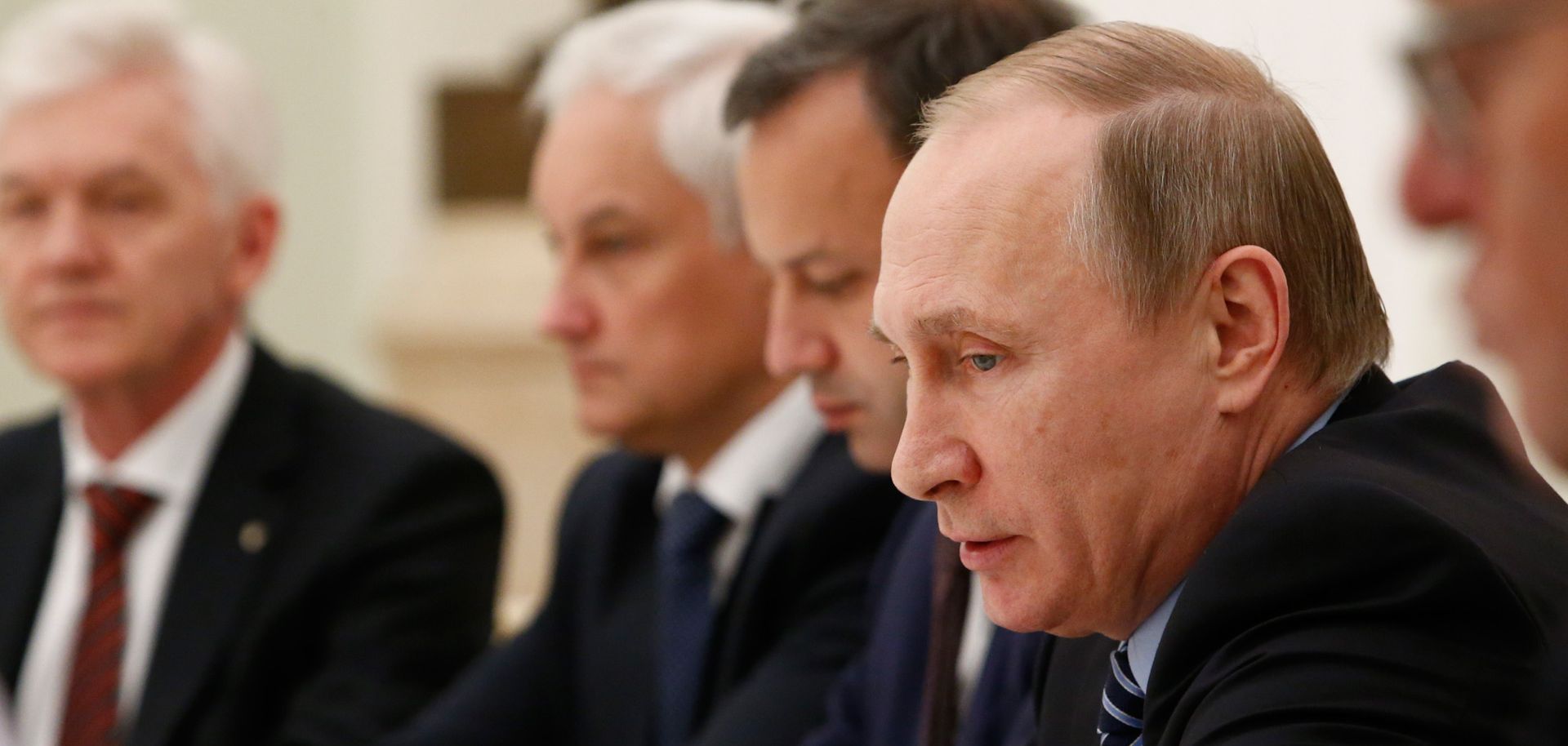Russian President Vladimir Putin stands at a fork in the road. The crises and responsibilities the country faces hang in a precarious balance. As Russia's economic recession drags on, prolonged by Western sanctions and dreary oil prices, inflation has skyrocketed, wages are tumbling and the poverty rate is growing at a pace not seen since the 1998 financial crisis. Limited military campaigns in eastern Ukraine and Syria have stirred up nationalism, enabling the government to maintain its popularity. Meanwhile, NATO forces are building up near Russia's borders, mounting pressure on the Russian military.
For much of his more than 16 years in power, Putin has remained a centrist, by Russian standards. He sits neither in the radically liberal reformist camp nor among the rabid security hawks, but somewhere in between, cherry-picking policies from each side to suit the situation. Over the years, Putin has employed a variety of strategies that run...


